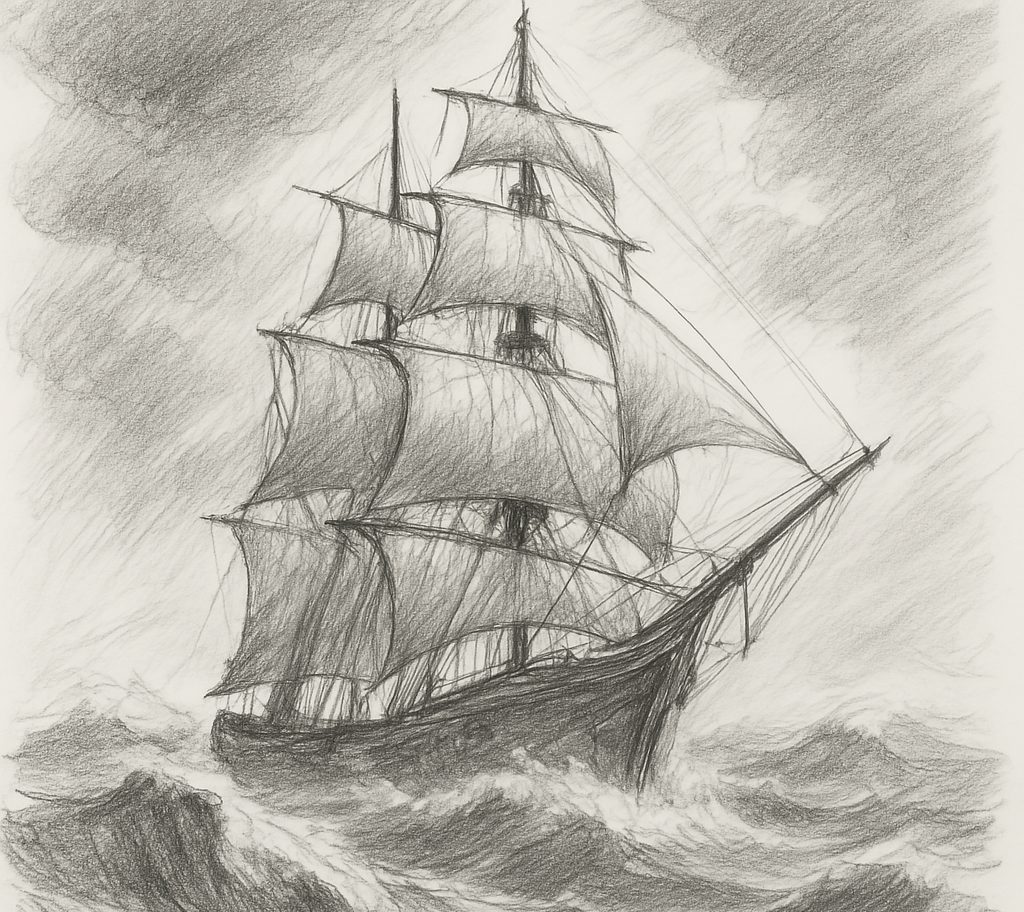Navigating in a Wicked World – Trump’s 2018 Tariff War
We live in a wicked world – a term borrowed from systems theory and complexity science to describe environments that are nonlinear, interconnected, fast-changing, and filled with uncertainty.
Wicked challenges rarely have clear boundaries or definitive solutions and decisions made in one part of a system can ripple unpredictably through others.
Let’s consider the U.S.–China tariff war of 2018–2020 as a case study to explore the characteristics of a wicked system. The earlier tariff war was a classic wicked problem. Hopefully we can learn from the past.
No Clear Definition of the Problem
Stakeholders can’t agree on the problem, let alone the solution.
- Was the goal to reduce the trade deficit? Protect intellectual property? Bring manufacturing back? Curb China’s global rise?
- Each stakeholder (U.S. government, American businesses, Chinese exporters, global investors) defined the problem somewhat differently.
Every Action Changed the System
Solutions permanently alter the landscape.
- Imposing tariffs on Chinese goods led to:
- Supply chain shifts to Vietnam, Mexico, and others.
- Price increases for American consumers.
- Retaliatory tariffs by China on U.S. agricultural goods.
- These shifts were not easily reversible.
No Stopping
There’s no clear finish line.
- When do you declare the tariff war “over”? There’s no endpoint. The new tariffs simply add on to the existing tariffs.
- Negotiations, partial deals, and new rounds of tariffs just kept the cycle going. The latest rounds are clearly an escalation of an ongoing (stated but undefined) problem.
Unintended Consequences
Interventions often backfire or create new problems.
- U.S. companies bore the cost of tariffs and passed much of this increase on to consumers.
- Some firms moved operations overseas to avoid them. For example, Apple’s key supplier Foxconn (Hon Hai Precision Industry Co.) began shifting some of its production to Vietnam and India to mitigate tariff risks and diversify its manufacturing base.
- Global investment slowed due to uncertainty.
No One Right Answer
Solutions are not true-or-false, but better-or-worse—and that’s subjective.
- Should the U.S. decouple from China? Build resilience at home? Negotiate multilateral trade agreements?
- Different experts proposed radically different strategies. Navarro wanted to treat China as a strategic rival and reduce dependency at all costs. Meanwhile, Krugman advocated for avoiding unilateral tariffs and using multilateral agreements and diplomacy.
Moving into the Future Requires Ongoing Adaptation
- Companies had to reconfigure supply chains.
- Markets responded to political messaging as much as to policy changes.
You don’t solve it once—you continuously manage it. In fact, the “old” tariff war was simply “business as usual” until this week.
In Summary: The 2018 U.S.–China tariff war was a textbook example of a wicked system because:
- The goals were contested.
- The system evolved with every move.
- No stakeholder had complete control.
- The long-term outcomes are still emerging.
Next
We need to use a combination of hindsight, insight, and foresight if we are to navigate these challenging times. The next post will address “Hindsight: Learn Relentlessly from the Past.”
By the way, if you’d like some interesting history lessons, you can grab Ten from Then which has ten short history snippets and some comments about “what causes the future.” The link is HERE.
Finally, this is a copy of MindPrep Reflections, a weekly newsletter I send to colleagues and clients. If you’d like to get on the mailing list you can do so HERE.
Bill
Never miss out!
Get an email update every time I publish new content. Be the first to know!

